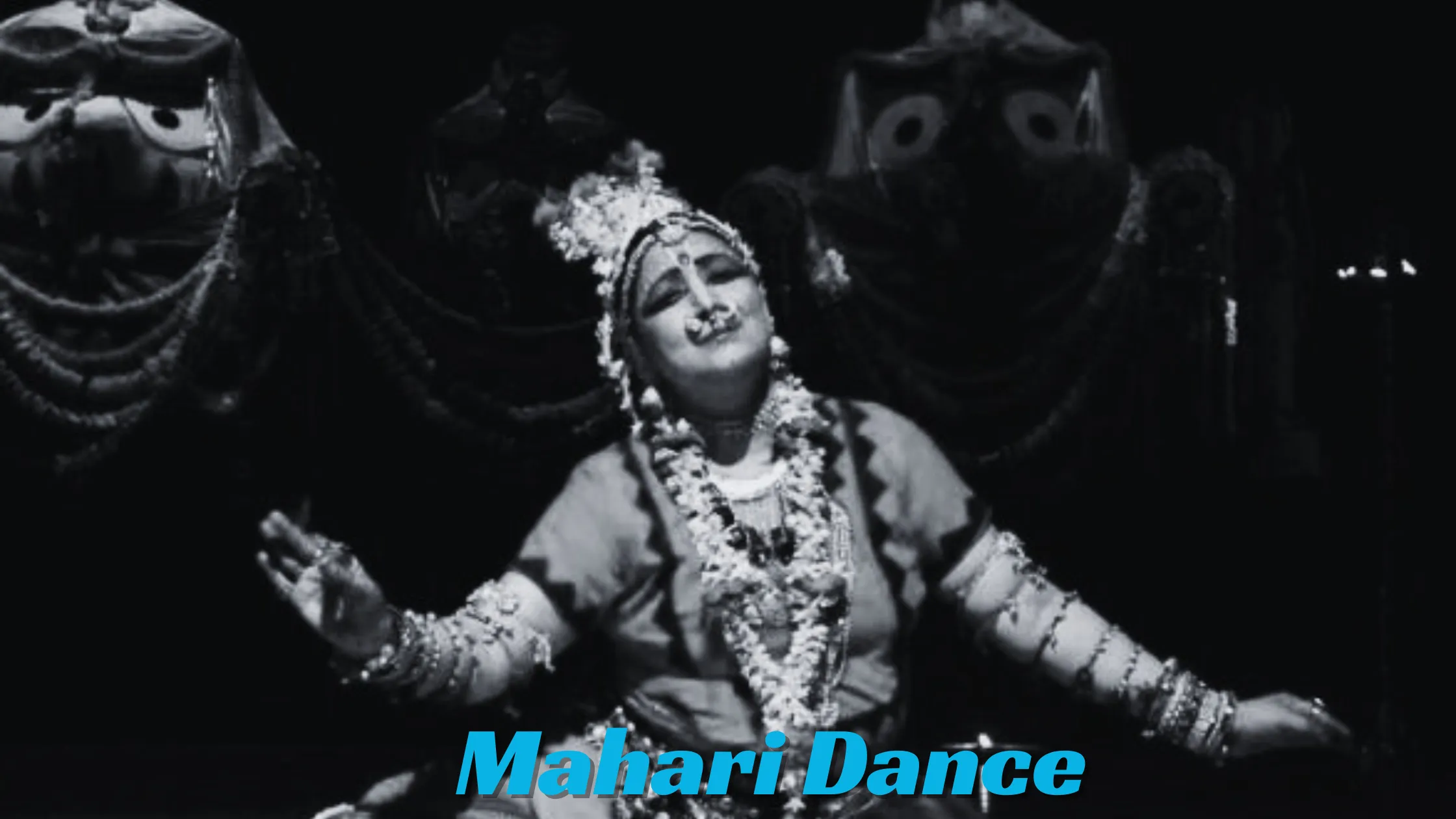Mahari Dance
Mahari dance is a traditional dance form originating from the Indian state of Odisha (formerly known as Orissa). It is a classical dance style that was historically performed by the Devadasis, who were temple dancers dedicated to serving the deity of the Jagannath Temple in Puri. Rooted in centuries-old traditions, Mahari dance encapsulates the grace, beauty, and devotion of its originators, the Devadasis, who adorned the sacred precincts of Odisha’s temples. In this article, we embark on a journey to uncover the intricacies and significance of Mahari dance, a cultural treasure cherished by generations.
Origins and History: Tracing the Footsteps of Devadasis
Mahari dance finds its genesis in the sacred rituals of Odisha’s temples, where Devadasis, meaning “servants of god,” performed as offerings to the deities. These temple dancers, known as Maharis, were revered for their dedication and skill in interpreting religious narratives through dance. With origins dating back to ancient times, Mahari dance flourished as an integral part of Odisha’s cultural landscape.
Elements and Aesthetics: Capturing the Essence of Mahari Dance
At the heart of Mahari dance lies its distinctive elements, characterized by fluid movements, intricate footwork, and emotive expressions. Dancers adorn themselves with traditional attire, embellished with vibrant hues and intricate designs, adding to the visual allure of the performance. Accompanied by the melodious strains of Odissi music, Mahari dance transports audiences to a realm of divine beauty and spiritual fervor.
Themes and Narratives: Weaving Stories Through Movement
Mahari dance serves as a vessel for storytelling, with dancers interpreting tales from Hindu mythology and folklore. Through nuanced gestures and expressive movements, performers breathe life into characters and narratives, inviting spectators to immerse themselves in ancient legends and spiritual teachings. From tales of gods and goddesses to episodes from the epics, Mahari dance embodies the timeless wisdom and cultural heritage of Odisha.
Evolution and Revival: Preserving a Cultural Legacy
While Mahari dance flourished in the temple precincts of Odisha for centuries, its practice faced challenges with the decline of the Devadasi tradition. However, efforts are underway to revive and preserve this cultural legacy, ensuring that Mahari dance continues to thrive in modern times. Through dedicated training, research, and advocacy, institutions and artists are striving to safeguard the authenticity and integrity of Mahari dance for future generations.
Appreciation and Recognition: Celebrating Odisha’s Cultural Heritage
As Mahari dance garners appreciation and recognition on national and international platforms, it serves as a testament to the enduring allure of Odisha’s cultural heritage. From traditional performances at temple festivals to prestigious stages around the world, Mahari dance mesmerizes audiences with its timeless beauty and spiritual resonance. As an integral part of Odisha’s artistic legacy, Mahari dance enriches the cultural tapestry of India and inspires admiration across borders.
Conclusion: Embracing the Timeless Charm of Mahari Dance
Mahari dance stands as a luminous expression of Odisha’s rich heritage and artistic brilliance. With its graceful movements, evocative storytelling, and spiritual resonance, Mahari dance captivates hearts and minds, transcending barriers of time and space. As we celebrate the legacy of Mahari dance, let us cherish and preserve this cultural treasure, ensuring that its beauty continues to illuminate the world for generations to come.

